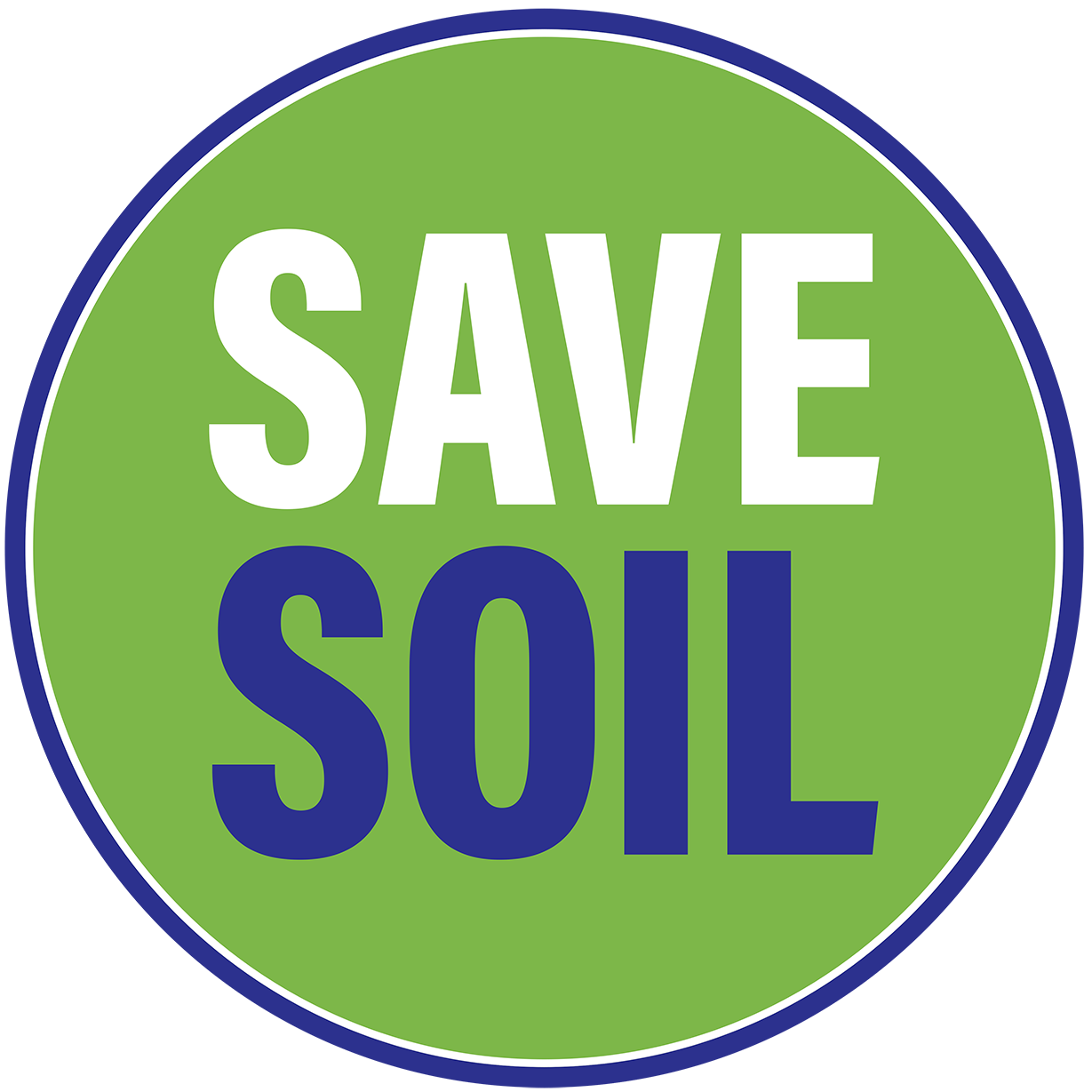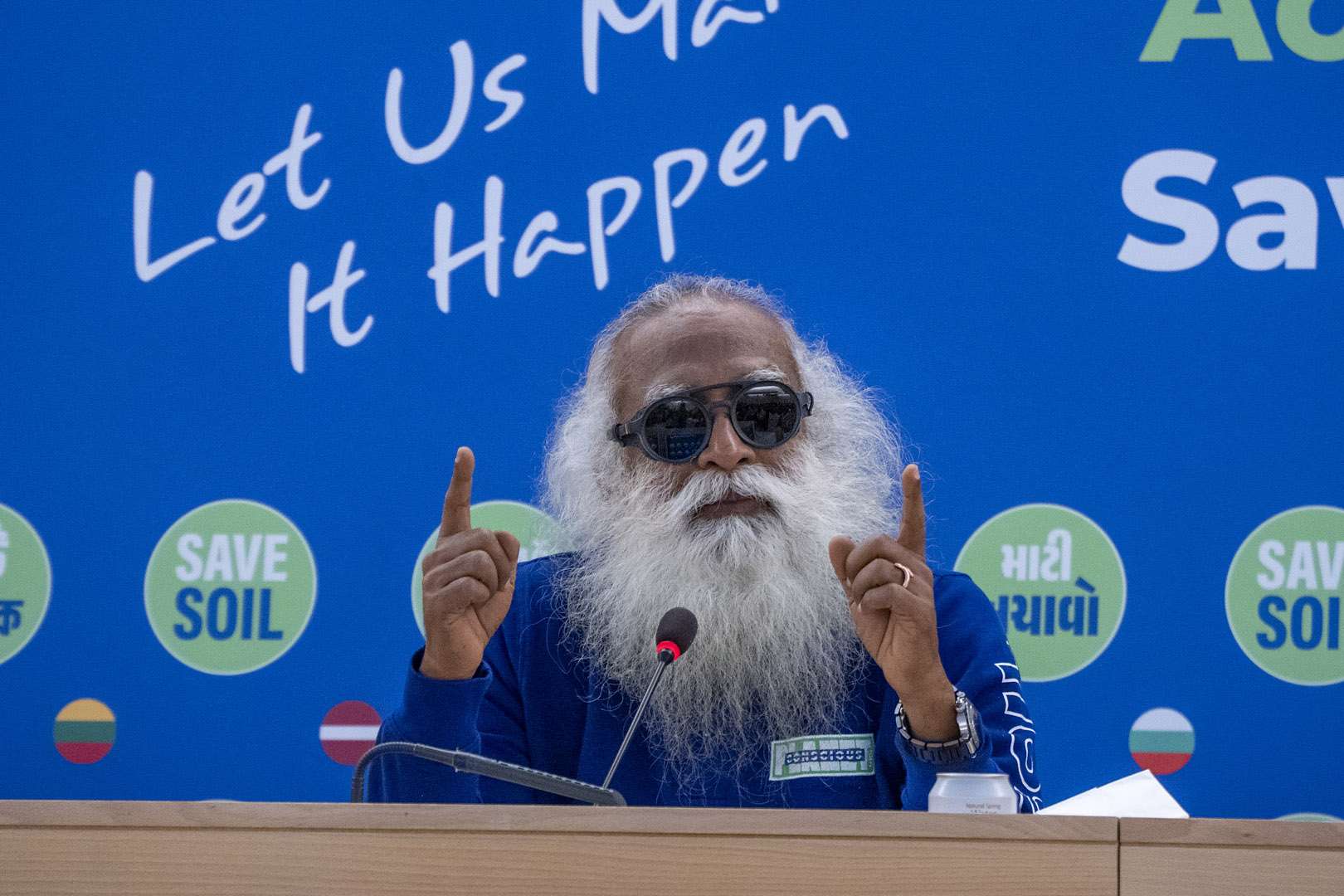

Leaders from global organizations and Sadhguru discuss the Save Soil movement in a live event on 5 April 2022 at the United Nations Office in Geneva. The other panelists include Nadia Isler from the SDG Lab with a message by the Director-General of the United Nations Office at Geneva, Dr. Naoko Yamamoto from the World Health Organization, and Stewart Maginnis from the International Union for Conservation of Nature. All bring in their own informed perspectives on why saving the soil is vital for the future of humanity and all life on the planet. Here are key excerpts of the far-reaching panel discussion.
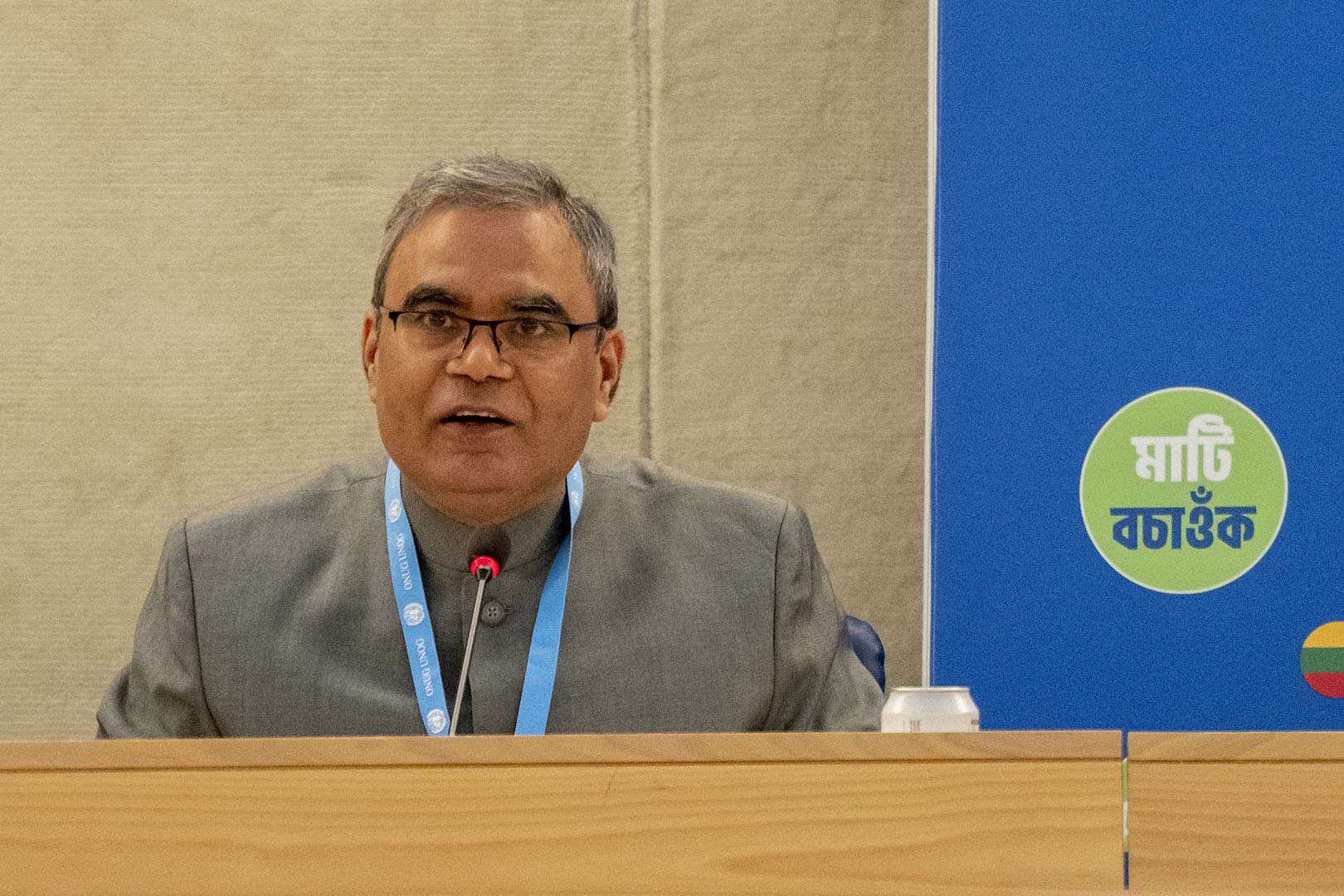
Indra Mani Pandey, Ambassador and Permanent Representative of India to the United Nations Office and other international organizations in Geneva
Indra Mani Pandey: Sadhguru ji, excellencies, distinguished guests. Namaskar and a very good afternoon to you all. It’s my great pleasure to extend a very warm welcome to Sadhguru ji and thank him for visiting Geneva as part of his global campaign to save soil.
There has been emphasis on global action to prevent climate change and the need to provide people a clean, healthy, and sustainable environment. The issue of water has also been given the due global attention. However, as pointed out by Sadhguru ji himself, there has been no comparable global focus on the health of soil, which anchors our life on planet Earth.
The importance of the campaign of Sadhguru ji to save soil can be best understood in the context of the dire need to preserve and rejuvenate the soil for sustaining our life on planet Earth. I’m quite confident that the campaign launched by Sadhguru ji will succeed in drawing the attention of the governments and the people worldwide to the need to save soil and encourage them to take requisite steps to accomplish this goal.
Thank you again for undertaking this journey. Thank you for launching this movement to create this global awareness. And we are very keen to learn more from you and what we can do individually and collectively to join hands in achieving this goal.
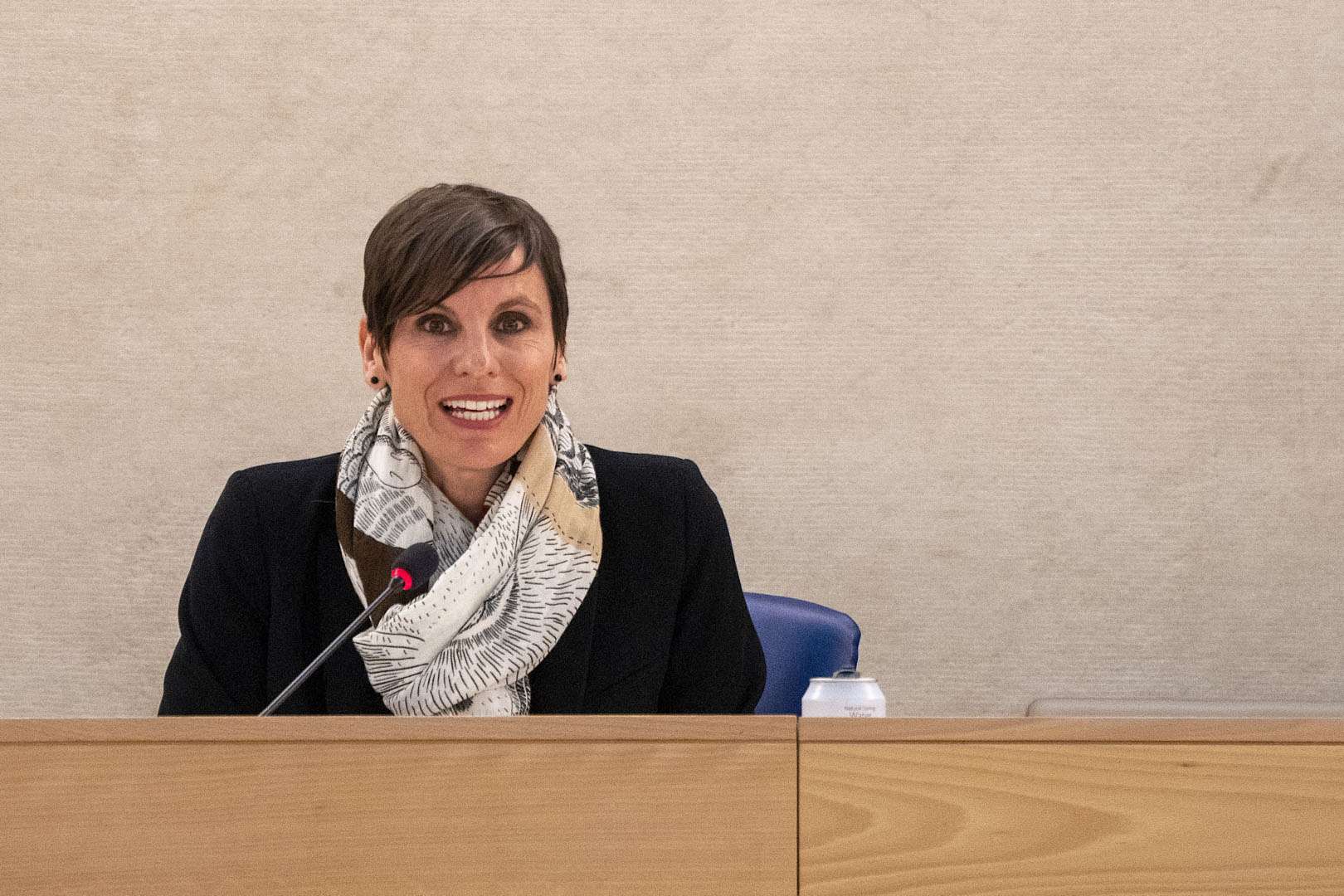
Nadia Isler, the Director of the SDG Lab in the Office of the Director-General of United Nations Office at Geneva (UNOG), conveys a message by the Director-General of the United Nations Office at Geneva, Tatiana Valovaya.
Nadia Isler: Ambassador Pandey, Sadhguru, excellencies, ladies and gentlemen, and their children. My pleasure to send the greetings from the Director-General of the United Nations Office here in Geneva, Ms. Tatiana Valovaya, to all the participants to today’s event. Director-General could unfortunately not attend due to her absence at Geneva, but she has asked me to send you the following message, and I quote:
I would like to sincerely thank Ambassador Pandey and the Permanent Mission of India, together with our partners, for organizing this event in the context of the 75th anniversary of India’s Independence to discuss global, planetary, and human wellbeing.
Last December, the UN Secretary-General Mr. António Guterres delivered a landmark address, setting the stage for dramatically scaled-up ambition on climate action over the coming period. He warned that making peace with nature is the defining task of the 21st century. The six years since the Paris Climate Agreement have been the six hottest years on record.
Climate change is real. And it aggravates many of today’s crises. Floods and droughts, storms and wildfires, extreme temperatures and other climate shocks forced 30 million people to flee their homes in 2020. This number could rise to one billion by 2050. Small island nations and least developed countries are particularly vulnerable.
For many years, we have been polluting the land, air, and sea, and damaging the most precious element we have: nature. Our one planet is being destroyed, and human behavior has been the main factor that has brought us to this point. It is our responsibility as occupants of the shared planet to promote more conscious attitudes towards the Earth and the environment, including by raising global awareness and mobilizing local communities.
The Save Soil movement was created with the objective of mobilization towards this goal. And we have the honor to welcome its leader Sadhguru here with us today. Thank you so much for being with us. The global movement led by him addresses the soil crisis by mobilizing people around the entire world, advocating for soil health, and supporting national and local leaders in the implementation of concrete policies and actions to address climate challenges.
We now live more than ever in an interconnected and fast-changing environment. The challenges we face are deeply intertwined and require mobilizations at many different levels. The COVID-19 pandemic for one is a tragic reminder of how deeply interdependent we all are. Community engagement is key to putting ecological challenges squarely into policies and actions at all levels. Ladies and gentlemen, the implementation of the 2030 Agenda for Sustainable Development or the SDGs is everyone’s responsibility.
Today, let us all get inspired by the work of Sadhguru and his supporters, and all of you, and redouble our efforts on climate action and the sustainable development goals to build a better and healthier world for us and our planet. Thank you very much. And this was the end of the Director-General’s message. Thank you.
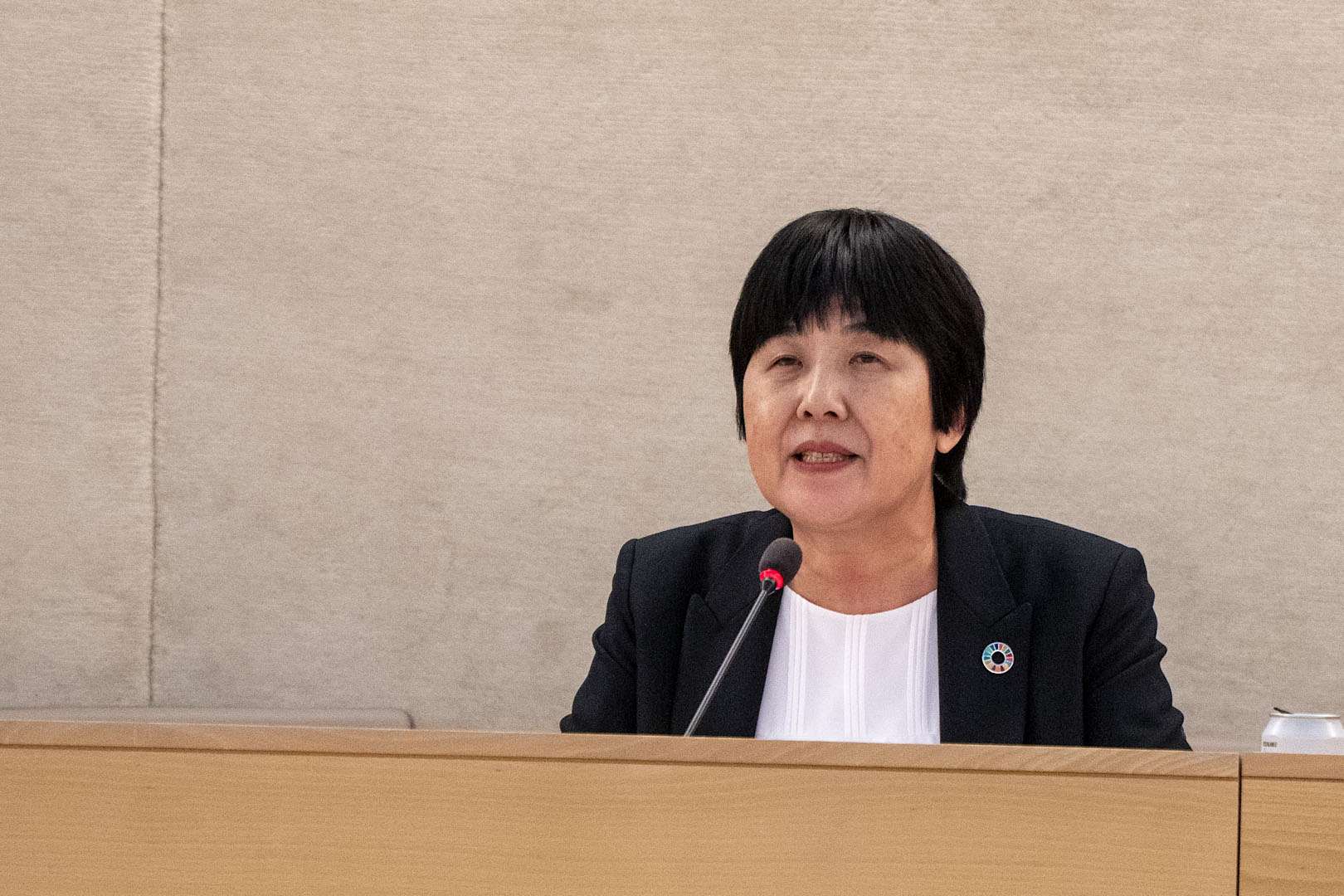
Dr. Naoko Yamamoto, Assistant Director-General, Universal Health Coverage/Healthier Populations, World Health Organization (WHO). The WHO is a specialized agency of the United Nations responsible for international public health.
Dr. Naoko Yamamoto: It’s my great pleasure to join this event together with you to discuss about soils and humankind. And I’m also looking forward to listening to Sadhguru’s vision for a conscious planet. Soils play an important role in human health.
We have a growing body of evidence showing that a healthy soil plays a fundamental role in safeguarding human health, food security, and nutrition. We know that healthy soil brings food crops that are higher in nutritional value, and a healthy diet helps prevent many destructive non-communicable diseases and protects against infections. Healthy soils also promote healthier environment for human beings. For instance, healthy soils are essential to carbon capture and water availability.
Healthy soils improve the biodiversity and ecosystem functioning. They also promote opportunity for income generation and our eco-social system and activities. We need healthy soil for healthy forests, rivers, oceans, and healthy human beings. The soil is part of the larger ecosystem.
Protecting and promoting health soils is an important contribution to the One Health approach. We know agriculture contributes about 25% of global greenhouse gas emission, and we know the land use change is a single biggest driver to new disease outbreak. We also know that overuse of pesticides or synthetic fertilizers has major consequences for the biodiversity. Degradation contributes to climate change, heat events, forest fires, and erosion.
As a global community, we need to work together to address the One Health approach. Therefore, FAO [Food and Agriculture Organization of the United Nations], UNEP [UN Environment Programme], the OIE [World Organization for Animal Health], and WHO [World Health Organization] are finalizing the One Health Joint Plan of Action, which includes the integration of the environment. We still need to better address human health in a holistic approach with soil equality, agronomic crop production, as well as food science and nutrition.
Like Sadhguru says, a conscious planet is a fundamental in this process. We are very happy to work together with all of you. So, thank you very much again for this opportunity.
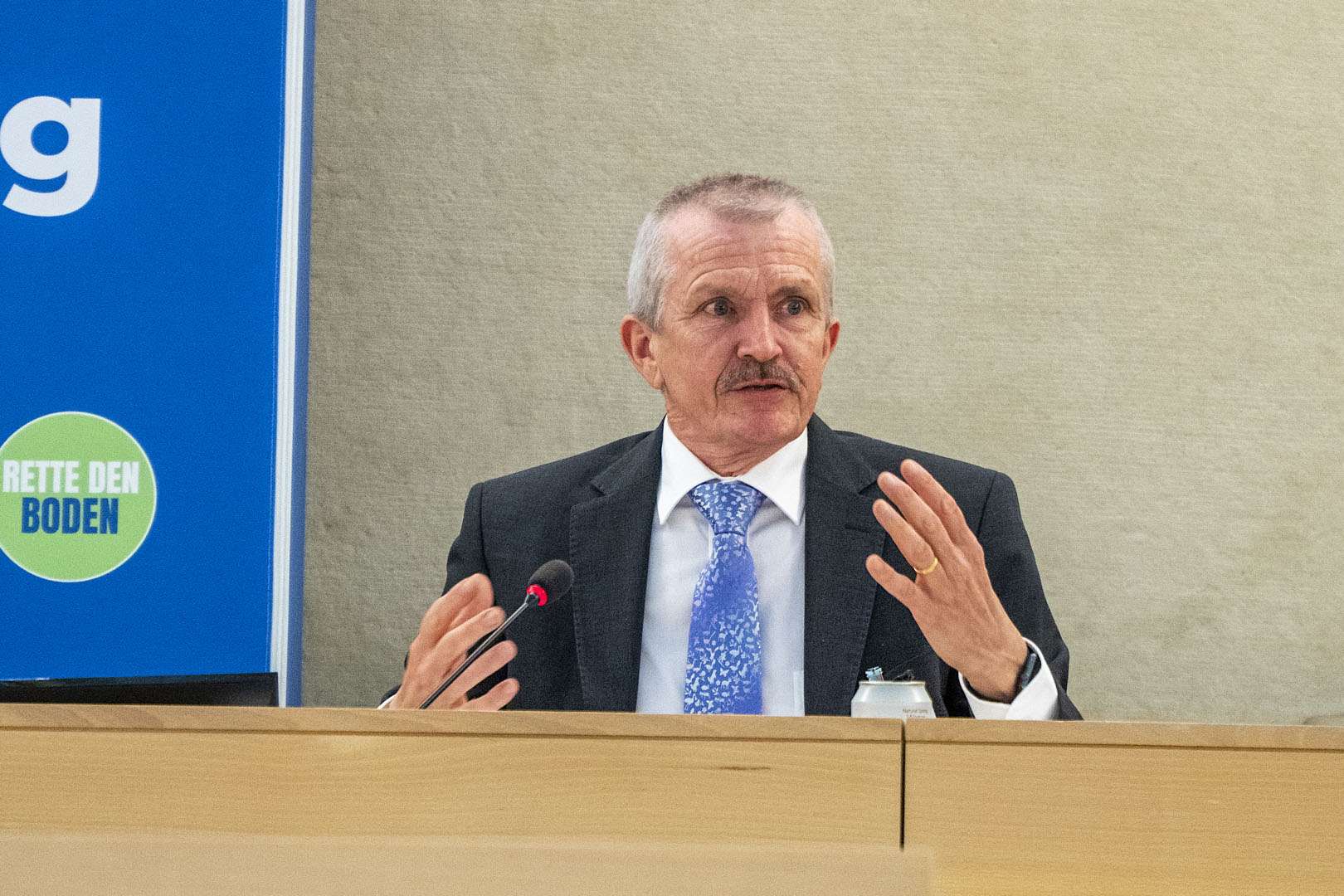
Stewart Maginnis, Global Director, International Union for Conservation of Nature (IUCN), an international organization working in the field of nature conservation and sustainable use of natural resources. The IUCN has a membership of over 1,400 governmental and non-governmental organizations.
Stewart Maginnis: It’s a real pleasure to be here. I’m going to speak both from an IUCN perspective but also from a personal perspective because I come from a small farming family, and I spent most of my life in conservation. And to be honest, there’s always been a little bit of tension there. But thanks to the work of Sadhguru and Save Soil, we’re actually now starting to see that we do share a common cause, a realization that nature underpins life here on Earth.
Whether it’s regulating the planetary systems, the dire warnings coming from the IPCC [Intergovernmental Panel on Climate Change] on mitigation, and that there’s no time left not to take action, or whether it’s actually sustaining and enhancing the life and livelihood of small farmers and small farming communities, nature underpins all of that. We want to get past the old confrontations, and we want to focus on the common cause and the common ground – soil and soil biodiversity. That’s where we start.
There are six billion species of soil fungi. There are ten million species of bacteria, and countless types of protozoa. Next time you are in your garden, take a handful of soil and look at that. In that handful of soil, there are over one hundred billion individual species and somewhere around sixty kilometers of filaments [of fungi]. That is what sustains life. That is what actually gives agricultural productivity. That is what actually unites us, whether in conservation or agriculture, but unfortunately, for a period of time, we lost sight of the fact that soil is an ecosystem, and we thought soil was a substrate simply to get water and nutrients up to crops.
But again, thanks to Sadhguru, thanks to these movements like Save Soil, that has been reframed. I’d really like to thank Sadhguru for his initiative. So, Save Soil. Let’s get going. I think this is really exciting. Thank you very much. Sadhguru, we’d really like to hear some of your reflections.
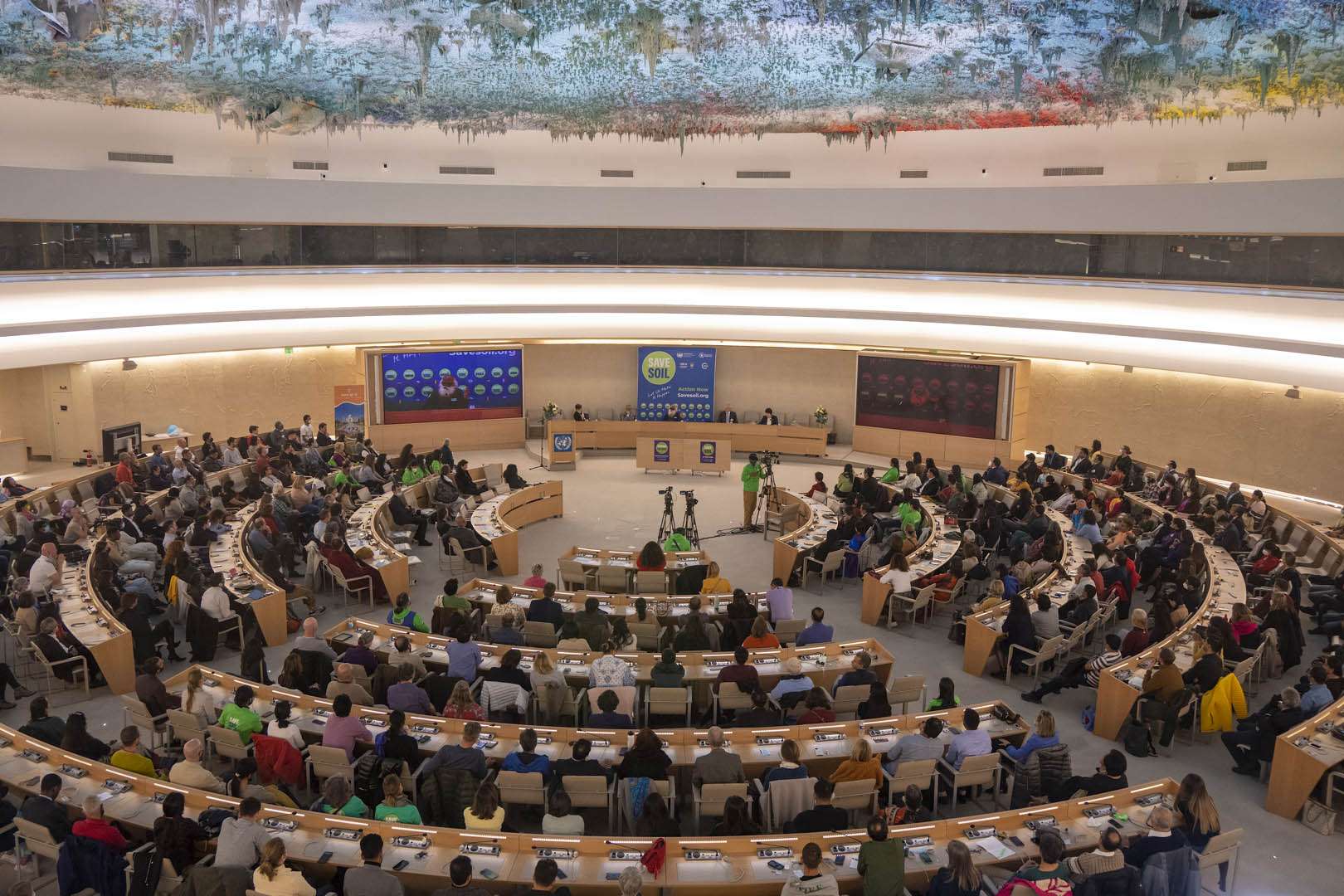
Sadhguru: Namaskaram and good afternoon to all of you. Well, it’s fantastic to see the commitment of the SDG Lab, and of course our ambassador here at the UN, and the IUCN coming out so passionately.
I don’t want you people to just say, “Sadhguru, fantastic,” go home, and sleep on it. We as a generation need to understand that if we do the right things now, we could turn back from the brink of a disaster. What is the right thing to do? There are any number of scientists who put their lives into soil sciences, but they were never heard for whatever reasons. Almost every nation on the planet, even today, largely addresses soil as an inert substance that you can fix by adding certain chemicals.
Soil is the largest living system in the known universe. The first 15 to 18 inches of soil, what magic it is, is unbelievable. Even if you sow death into it, life will sprout out of it. There is no other substance or place like that anywhere in the universe that we know. But, we’ve been treating it like it’s some kind of material that we can use and discard. Well, there is no room to discard because the only place you can put back anything is into the soil, really. We are born out of it; we live off it. When we die, we go back to it.
We’ve been busy pointing out differences of gender, race, religion, country, and all that. But, soil is one unifying factor. This is not only for ecological purposes; as human beings to find a common ground, a common denominator among ourselves is most important. Otherwise, we will not find solutions, even with best intentions. We will only multiply the problems, which is what we have been doing because we are always looking at the divisions between you and me. All of us come from the soil, and we go back to the soil. Will we get this when we are alive, or will we get this only when we buried? This is the only question.
So, what is it that we are asking for? There are many, many complex solutions that any number of people are offering; technologies, applications. I respect all that. But for all this to work, we must have reasonably alive soil. If the soil is not alive, your technology, your applications, all the great ideas, none of them are going to work because this is the life-making material. Can I tell you a story?
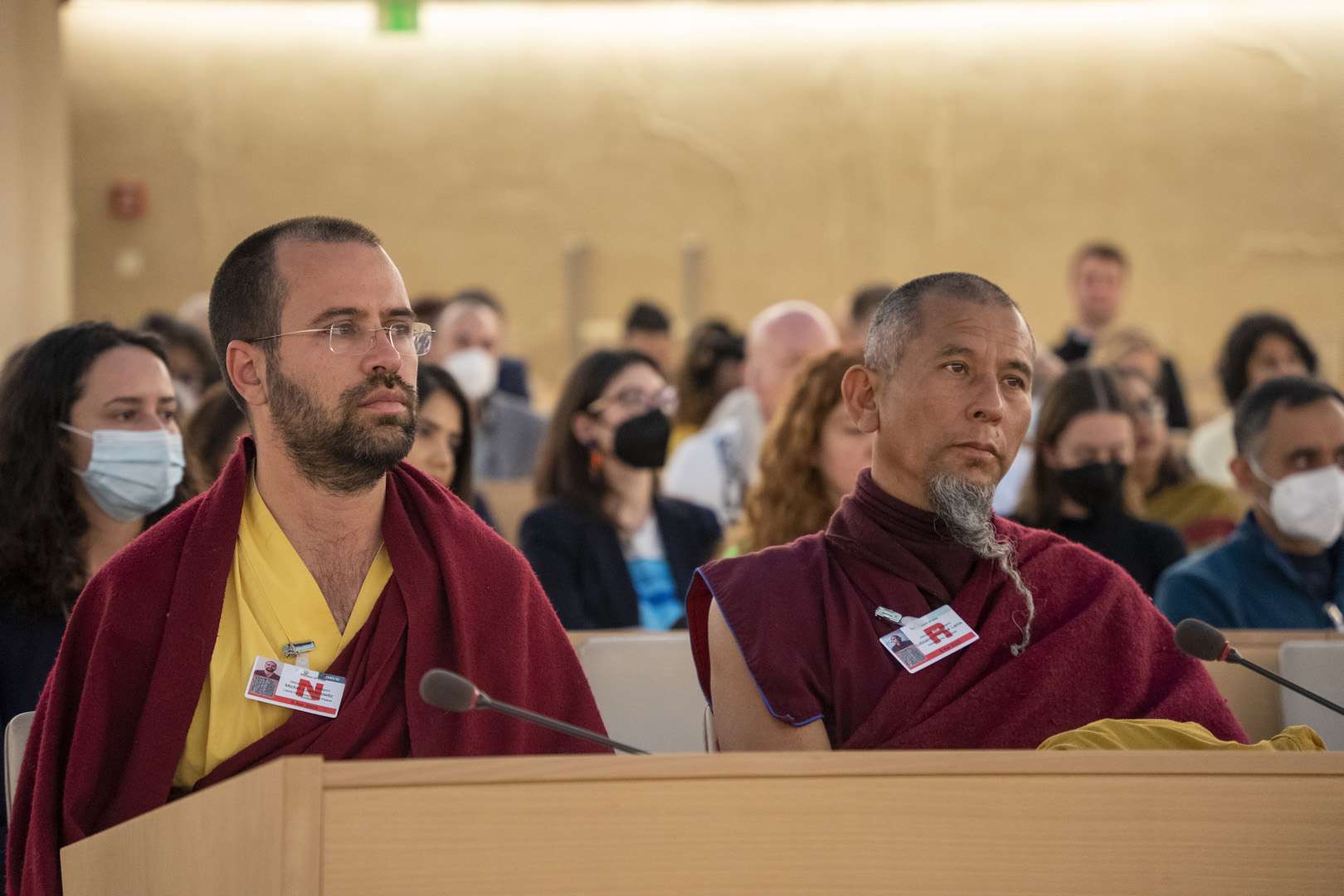
This happened in 2060. A group of scientists sought an appointment with God. They got it, and they went there and told him, “Hey, old man, you’ve done pretty well with creation. But, today everything that you can do, we can also do. It’s time you retire.”
God said, “Oh, is that so? What is it that you can do?”
They said, “Look at this.” They dug up some soil, made a vague image of a human child, did all kinds of things, and in a few minutes, the child came alive.
God said, “Oh, that’s very impressive – but first get your own soil.”
Everything that you’ve seen as life, whether it’s a worm, an insect, a bird, an animal, a tree, a man, or a woman, has come from the soil. Because of that material, we are able to manufacture life. The cycle of life is on because of that one thing. There are many complex solutions for everything, but the simplest thing we need to understand is the microbial life that Stewart so eloquently talked about. It’s so complex. How does it live? How does it thrive?
One thing is the microbes in the soil need food like us because that’s how life on this planet is made. There is no life on this planet which can be by itself without consuming anything. This organic content in the soil is their food. They need carbon to survive. And they do multiple other activities. It is the most complex partnership system anywhere in the universe. And we only know little about it, as scientists are openly admitting today.
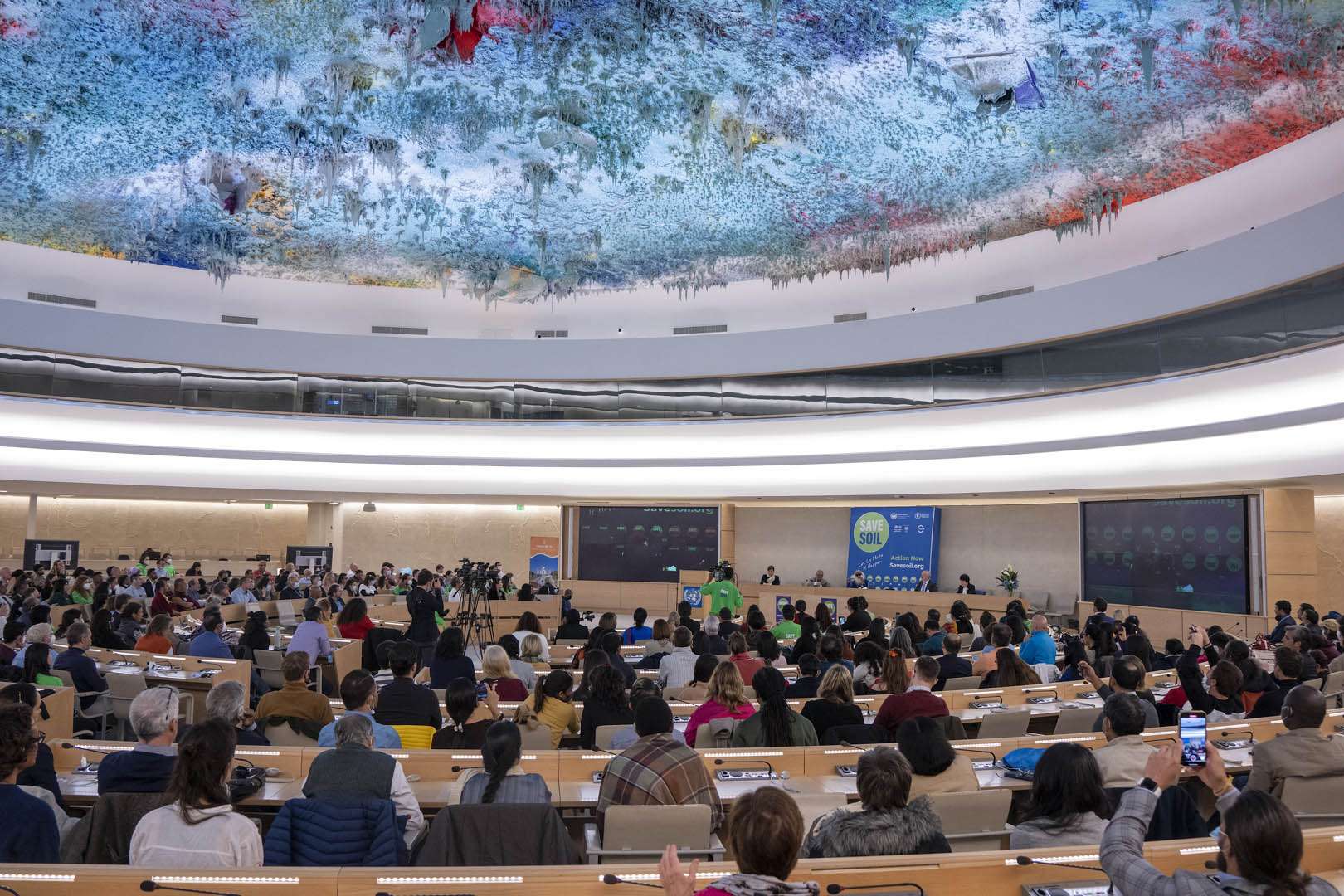
When we know so little about it, thinking we are a master of it would be stupid. One important thing is to restore natural cycles to whatever extent possible without disturbing human life and human market systems on the planet. Restoring the natural cycle means to just give them food to eat. Why are they being denied food to eat? This started happening when in 1914, German scientists came up with a nitrogenous fertilizer. People took this magic powder, put it on the land, and crops just bounced out like that.
But, the problem is we forgot it is like you are doing quite well, but you went to the doctor, and the doctor said your calcium, iron, and folate levels are not good, and gave you three pills. Next day you took them, and you felt really good. Then you decided, “This is it. Instead of three, I will take 300, and I don’t have to eat anymore.” That is exactly what has happened to the soil. We started thinking just by throwing those salts, everything will happen. In a doctored way, even today, it works very well. If you take away all the chemicals from farming, our food production on the planet would come down to 25% of what it is right now. That would be a massive disaster; it would be death, literally.
So, we cannot really think about that. If you increase organic content, slowly the use of fertilizer will start coming down. And we have to go that way. How to increase organic content? There are only two things: plant life, animal life. There is simply no other way to put back organic content.

We could talk endlessly about carbon sequestering and many other things. But, the important thing is if you increase the organic content, the microorganism life in the soil will enhance itself, and they are the basis of who we are. We are a consequence of their activity, both in terms of evolution, and today as an ecological species. When we say ecology, it’s not a subject matter – we are the ecology. Sixty percent of your body is microbial life. Only forty percent is your parental genetics.
You are the environment too. So, we thinking we’ll fix the environment – that distance itself is causing a lot of problems for us. So, the simple thing is this: Put back the food for the microbes. To put back this organic content, you need either plant material or animal waste. So, this needs to happen. For this, you need a policy incentive; otherwise, farmers will not go back to it. Fifty years ago, every farmer knew this, and they were doing it. Today, for maybe two generations, we have lost this. We have to have plant life and animal life on the farm; otherwise, you can't put back organic content. But that needs an incentive.
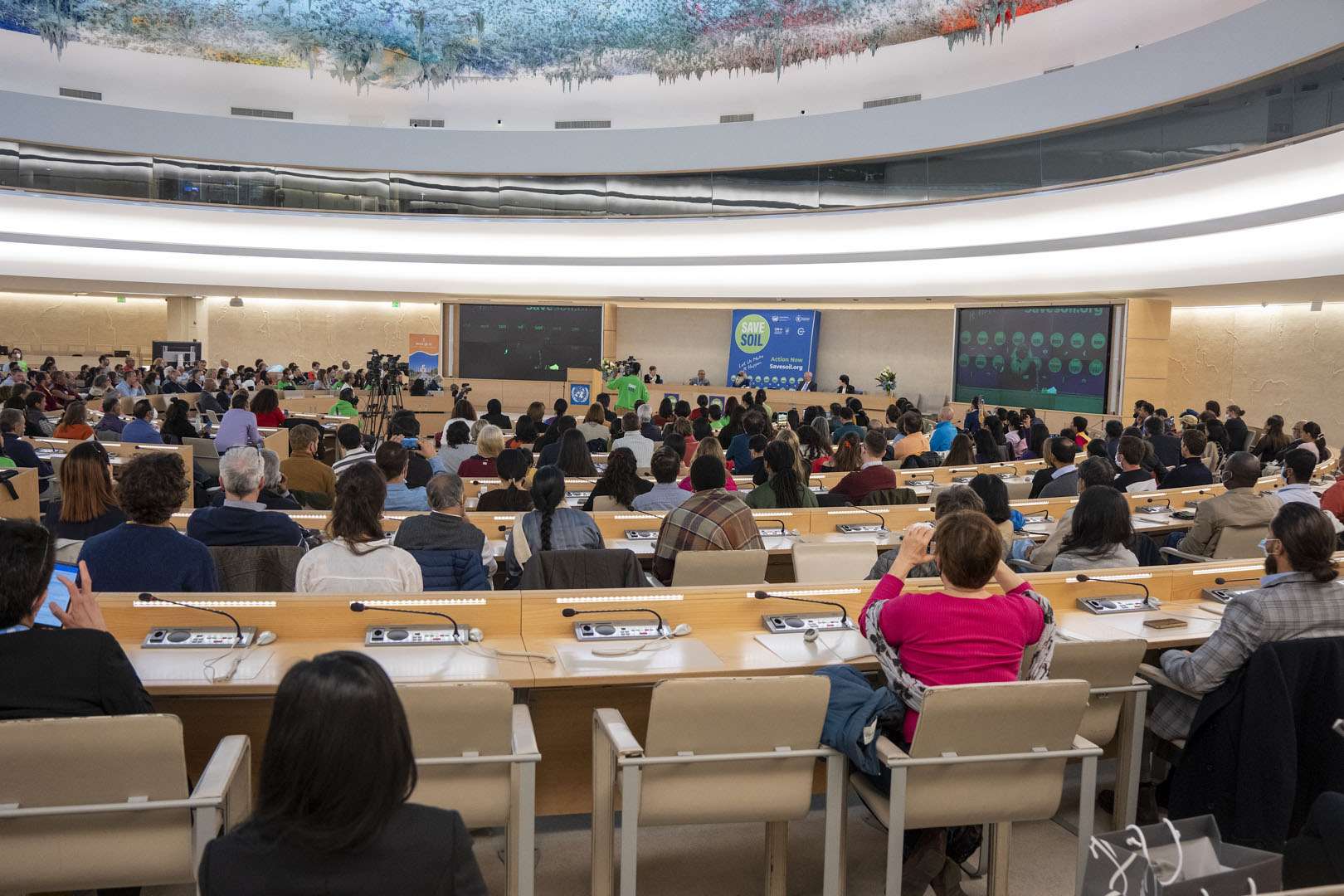
Right now, in northern Europe, the average organic content in the soil is 1.48%. In southern Europe, it’s about 1.2%. In the United States, it’s around 1.4% to 1.5%. In India, large areas have only 0.68%. And in Africa, it is 0.3%, which is serious desertification.
The organic content in your farm is very easy to test; this can be done on the farm by the farmer. Let's say if you get it to three percent, the government has to fix the incentive you will get. Then, when you go to the marketplace, someone can mark the fruit or vegetable as, “This comes from a land which has 3% organic content.”
There is enough science to tell you that if the soil has 3% organic content, what the micronutrients in the fruit or vegetable will be, and what health benefits you will have. We just have to collate all that; then the market will give its own incentive for the farmer.
If you want to buy a fruit of vegetable that was grown in soil with 6% organic content, obviously, it will cost more, but instead of eating 8 oranges, you can eat 1. That’s the difference it will make. So, this is something that needs to happen now, not tomorrow. Because if you start the policymaking now, to fulfill it in terms of action, it will take anywhere between 8 and 20 years’ time before it happens across the globe. But if we don’t make the policies now...
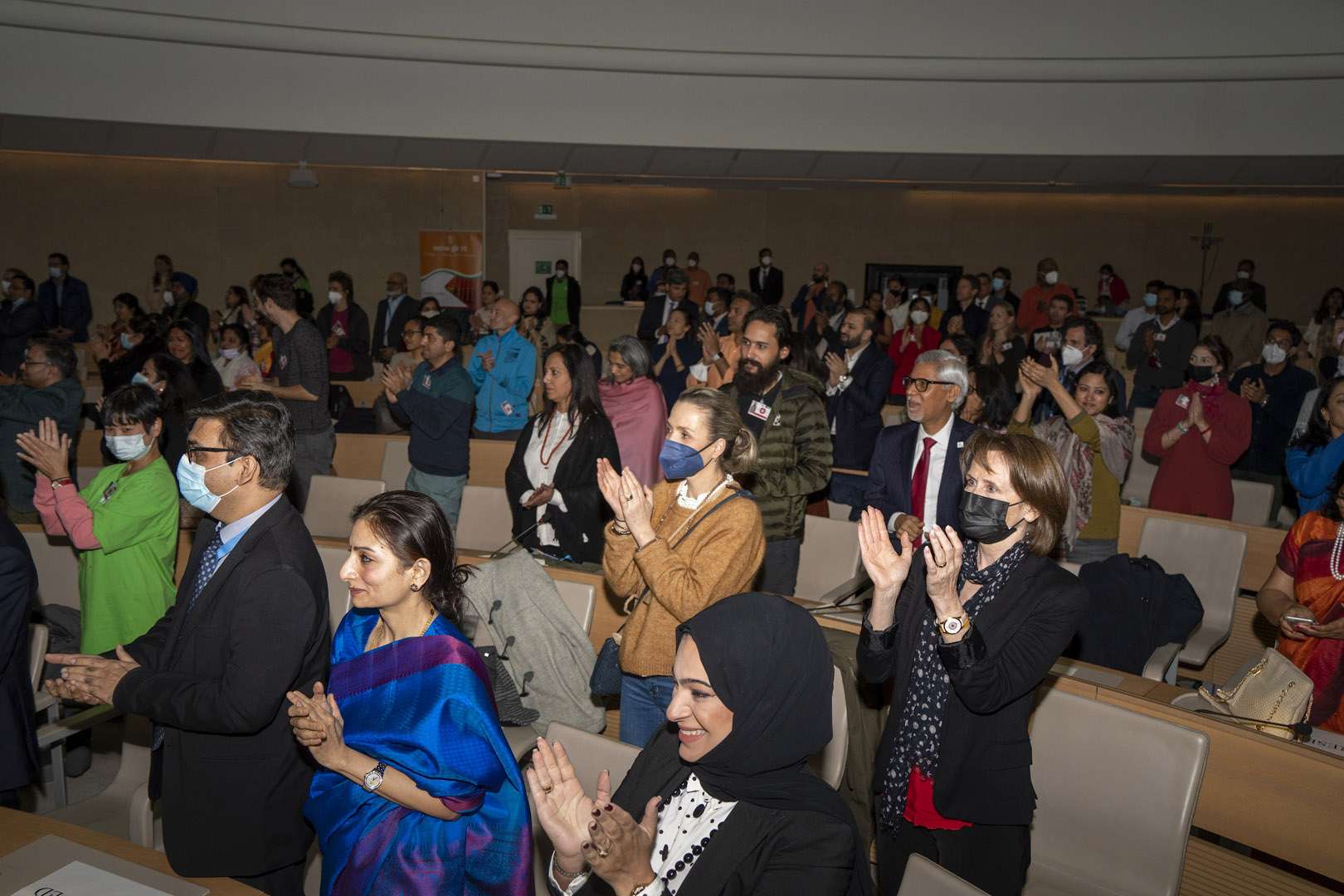
Questioner: I would love to get your thoughts on the feasibility and the potential of a potential carbon-based financing mechanism or type of currency in order to really inspire participation. Do you see that happening in the future?
Sadhguru: I do not like predictions because predictions are made based on cold facts of the day, not taking into consideration what is beating in your heart right now. So, I don’t have a prediction to make, but I have a plan. We need a plan and the will to execute it. Do we have the necessary commitment? Are we focused enough to not walk into disasters and then cry about it? We are capable of mitigating disasters before they happen.
So, right now the important thing is to move people. About carbon sequestering and the carbon market – these are important. The government has to give the first incentive. The second incentive should come from corporations and others who will give the carbon credits. The next will come from the market. On the whole, farmers will benefit in a big way. This is very important for us.
Right now, 63% of the Indian population is in farming, but not even 2% of the farmers want their children to become farmers. A whole lot of them want to commit suicide because it’s impossible to make ends meet. It is very important that in the next 10–15 years’ time, we make agriculture in such a way that a farmer will earn at least as much as an engineer or a doctor or a lawyer. Otherwise, no one will have the skill to perform this magic of transforming mud into food. It is the greatest and most vital thing for our life.
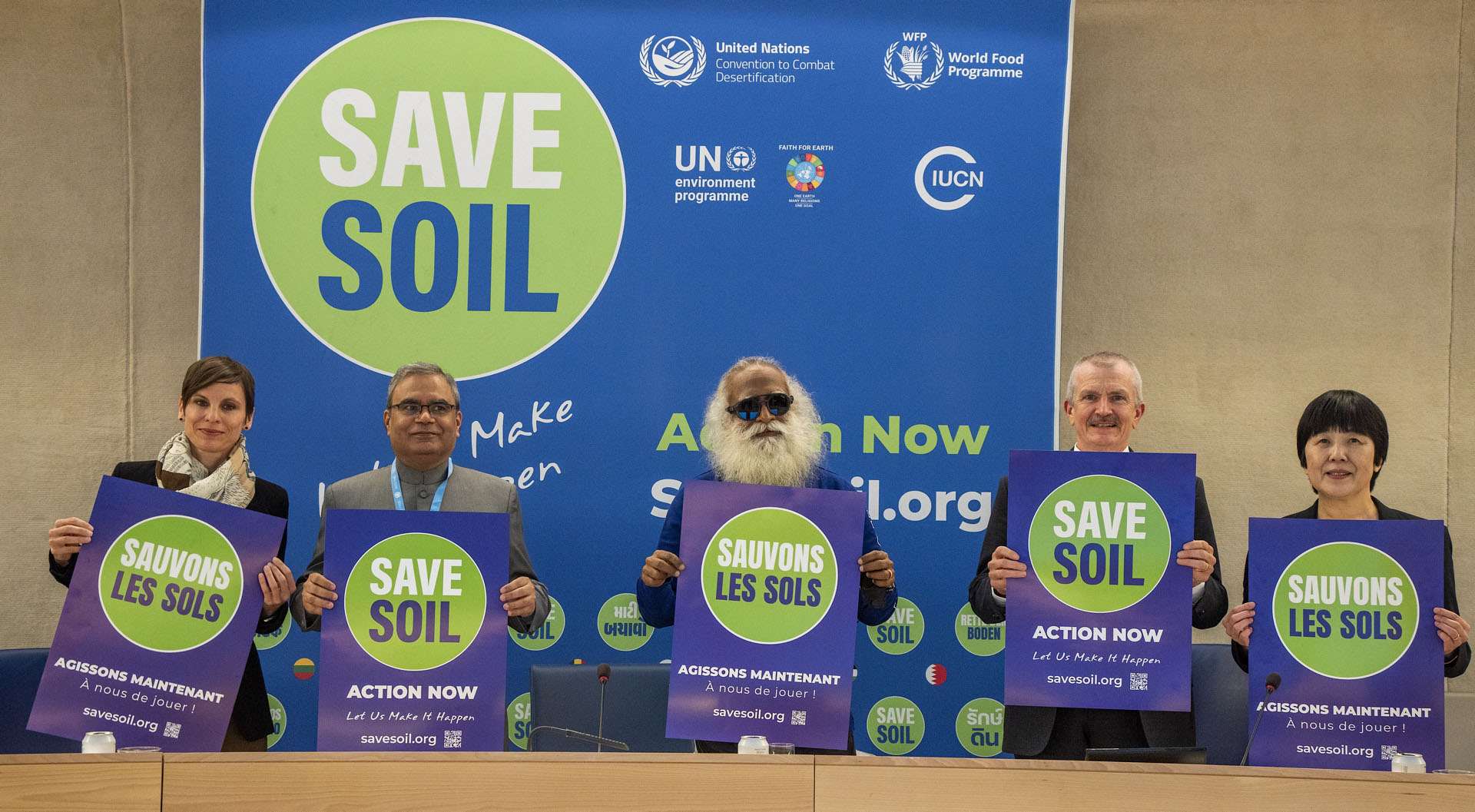
Right now, according to the UNFAO, the loss of biodiversity on the planet is on the scale of 27,000 species per year. At this rate, in about 30–35 years, we will reach a point where if we want to revive or regenerate the soil, it will take 150–200 years, which would be an absolute disaster. So, this is why the urgency.
This movement is to move the people. Largely, our governments are democratically elected. You give them a term of 4–5 years to fulfill the people’s mandate. Has the majority of people in any nation stood up and said, “We are ready for long-term policymaking. We are ready for doing something that is for the wellbeing of our children and their children also. We are willing to invest and work towards that”? People have not spoken. So, the government will only try to fulfill the mandate of the people within the four to five years they have.
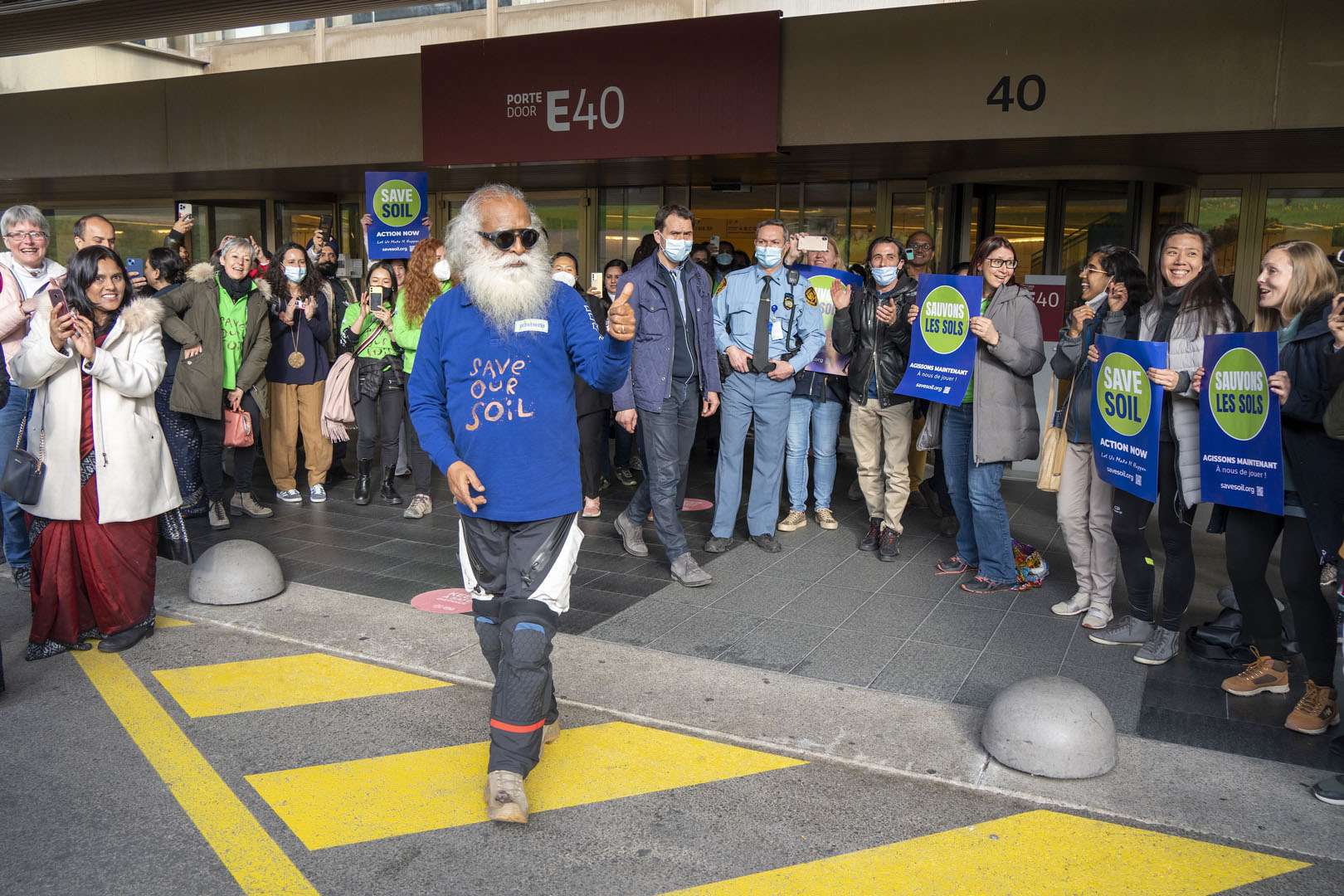
There are 5.26 billion people who have [political] franchise in the world. In these 100 days, we want 3–4 billion people to speak about soil. You don’t have to support me. Do your own soil thing. Say something about soil every day on social media, on the street, on your car, on your face – wherever you want. This not a joke. If we don’t do enough right now, we will seriously regret it in 20 years’ time. Let’s not get there.
My gratitude to every one of you who is here. This is our time on the planet. Will we do life in a responsible way, or in a frivolous and irresponsible way? This is the choice we have. And right now, according to UN FAO, we are eating up the food that belongs to the unborn child. That is how we have been overconsuming right now. In my emotion, if we eat the food of an unborn child, it is a crime against humanity. We need to absolve ourselves of this.
